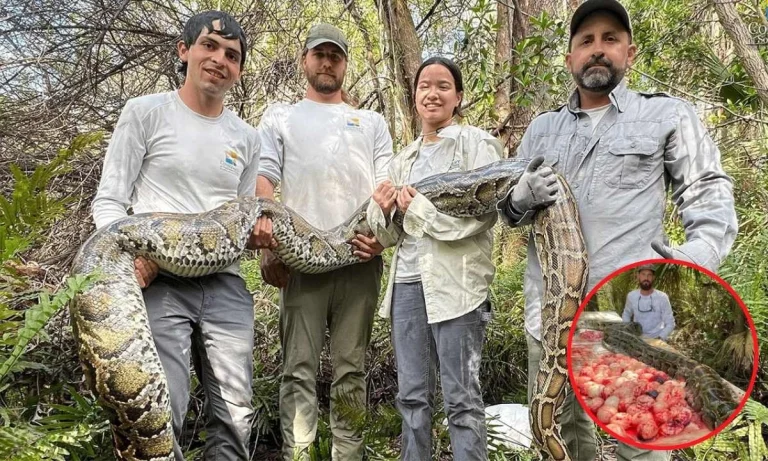In a fascinating discovery, researchers have identified a new kind of fungus that transforms cave-dwelling spiders into what can only be described as ‘zombies’.
Named in honor of naturalist Sir David Attenborough, the fungus ‘Gibellula attenboroughii’ exerts a chilling control over orb-weaving spiders. It forces the spiders to go into exposed areas, likely facilitating the dispersion of the fungus’s spores.
So far, scientists have only observed the fungus infecting the spiders Metellina merianae and Meta menardi.
This eerie phenomenon was first observed in 2021 on spiders in Northern Ireland during a BBC documentary shoot. While shooting they first spotted the fungus on an orb weaver spiders. The crew discovered the spider away from its web and in an exposed position before death.
The surreal transformation involves the fungus penetrating the spider’s body and replacing its internal organs. It effectively hollows it out until nearly all fungus remains.
‘If we cut through the infected spider, we don’t see any spider anymore; it’s just the fungal mass inside, which is the shape of the spider.’
As spider specialist and mycologist João Araújo explains,
Ultimately, the fungus manipulates the spider’s behavior, driving it to a final resting place that benefits the fungus’s life cycle.
This zombie-fungus relationship may remind some of the zombie ant fungus that inspired pop culture narratives such as ‘The Last of Us. They act somewhat like predators, keeping spider populations in check.
The fungus’s discovery stems from a joint research project wherein we can see a remarkable multidisciplinary collaboration unraveling the mysteries of the subterranean world. This takes place in the dark surroundings of caves in Ireland and Northern Ireland. It provides a backdrop reminiscent of folklore and evening tales about the potential of nature’s darker forces.
Co-discovered by cave explorer Tim Fogg and colleagues from the United Kingdom and Denmark, this research sheds light on an obscure aspect of mycology. But it also exemplifies the wonders and oddities awaiting discovery beneath the Earth’s surface.
Detailed studies have suggested this fungal control mechanism does not merely intoxicate but may act on the spider’s muscles or possibly flood it with certain hormones, thus puppeteering its final actions before death.
To illuminate this relationship fully, further inquiries are necessary. Scientists still have to decode the exact chemical processes that lead to such bizarre outcomes. According to Araújo, much remains unknown about the mechanisms the fungus uses and its evolutionary advantages.
Viewed through the prism of microbial ecology, the presence of ‘Gibellula attenboroughii’ adds a layer of foundational understanding to the interactions between species. As our awareness of fungi like these grows, so too does our appreciation for their pivotal roles.
The discovery emphasizes, yet again, the incredible diversity of life and the intricate networks that define the natural world. As strange and complex as they may sound, these relationships cement the importance of continued exploration











